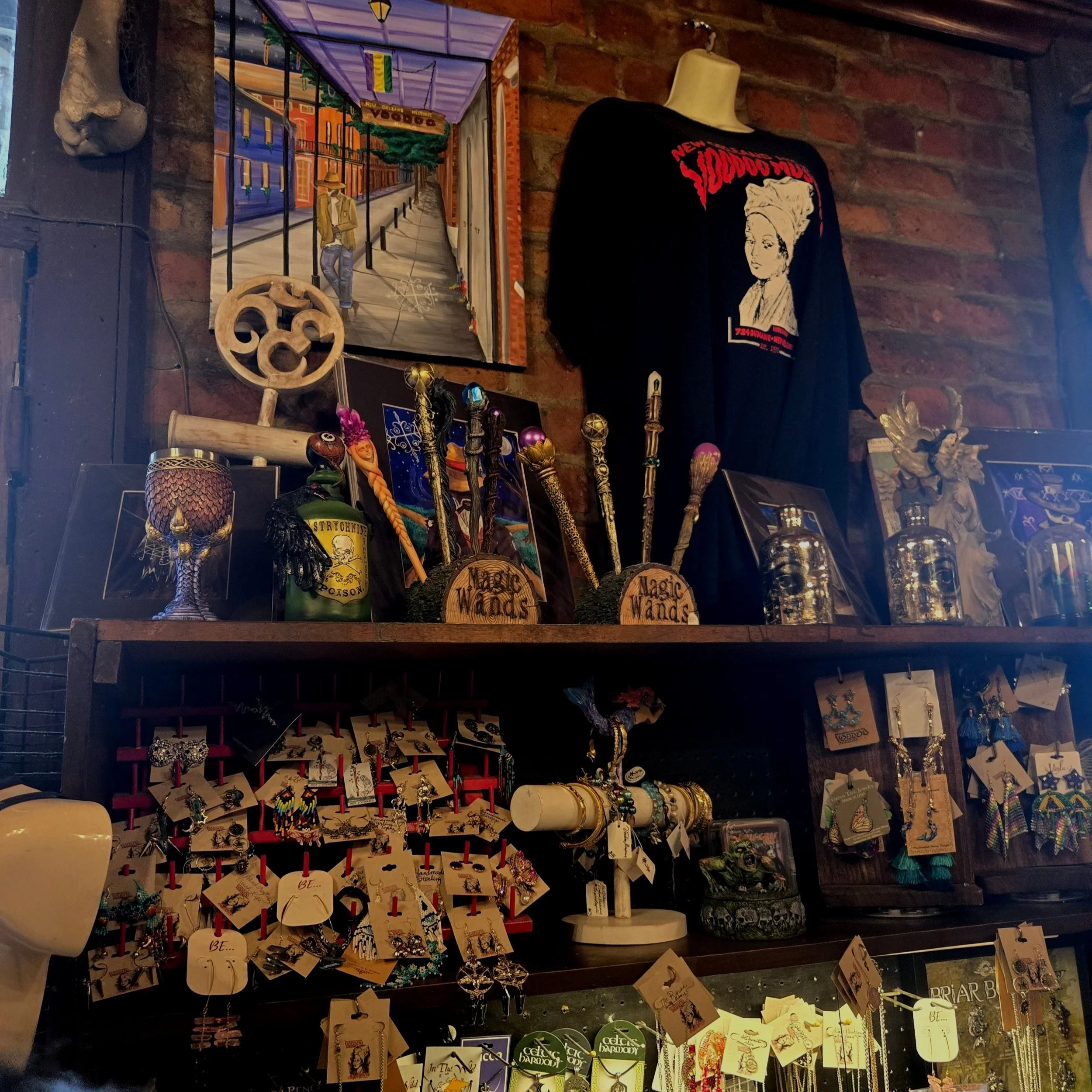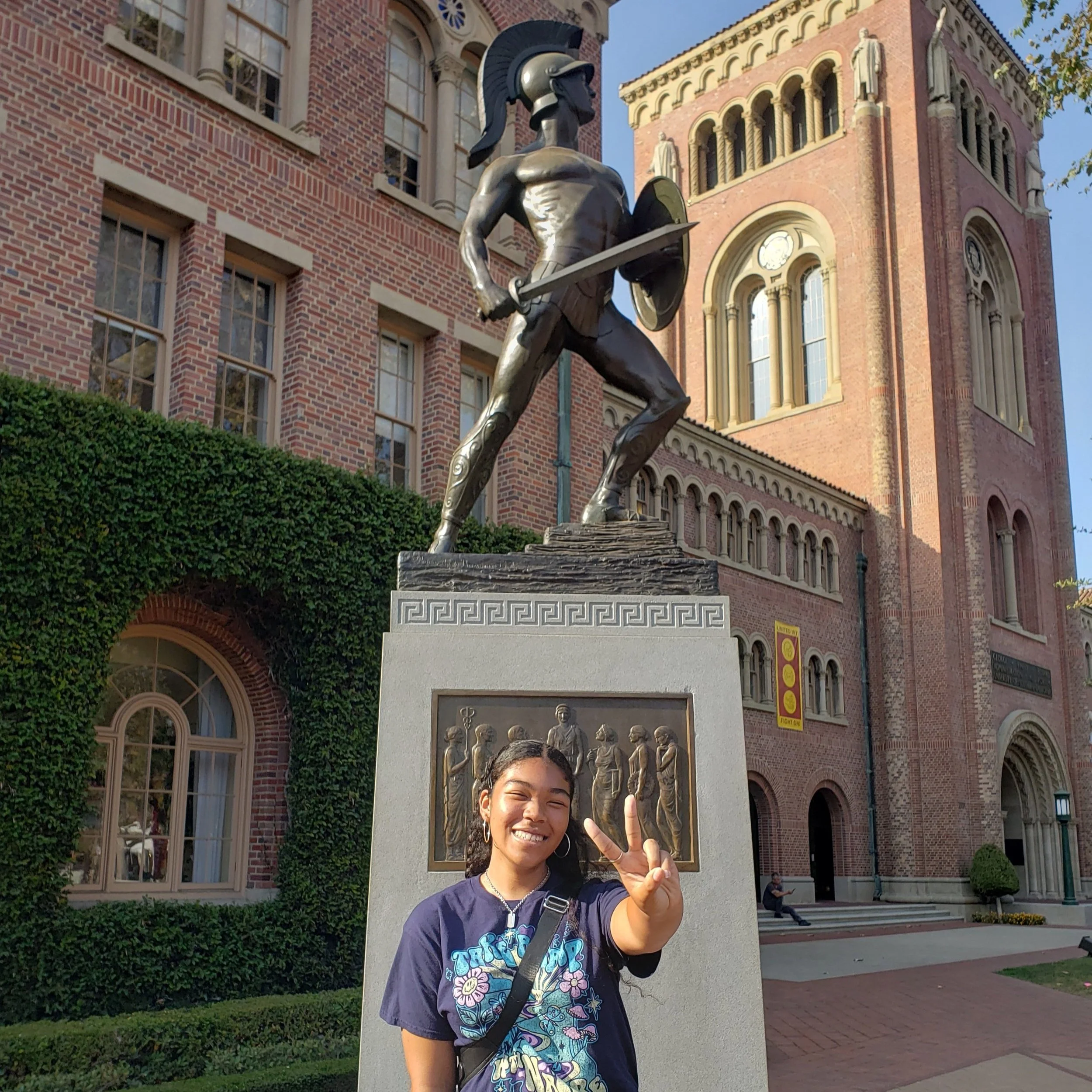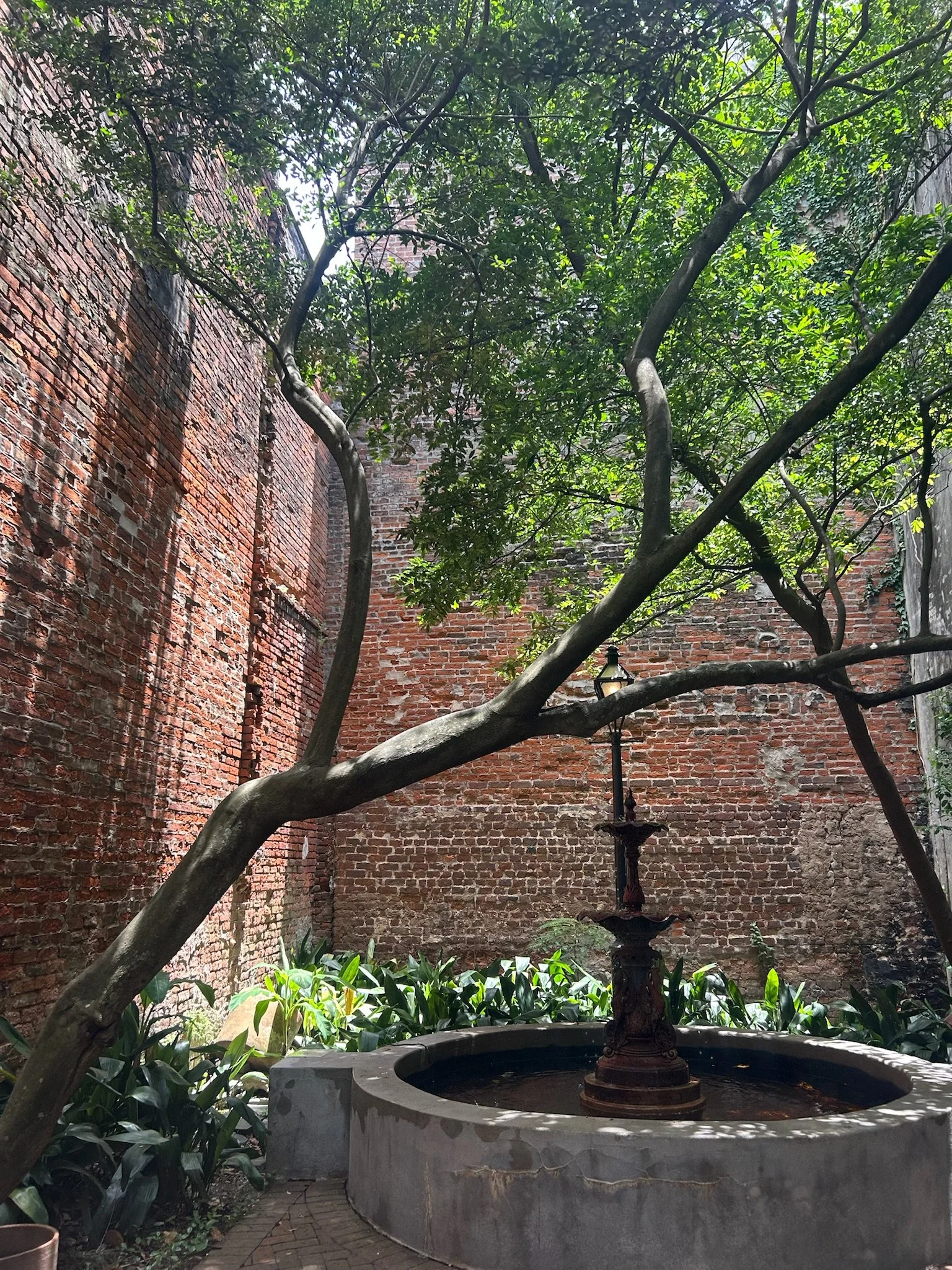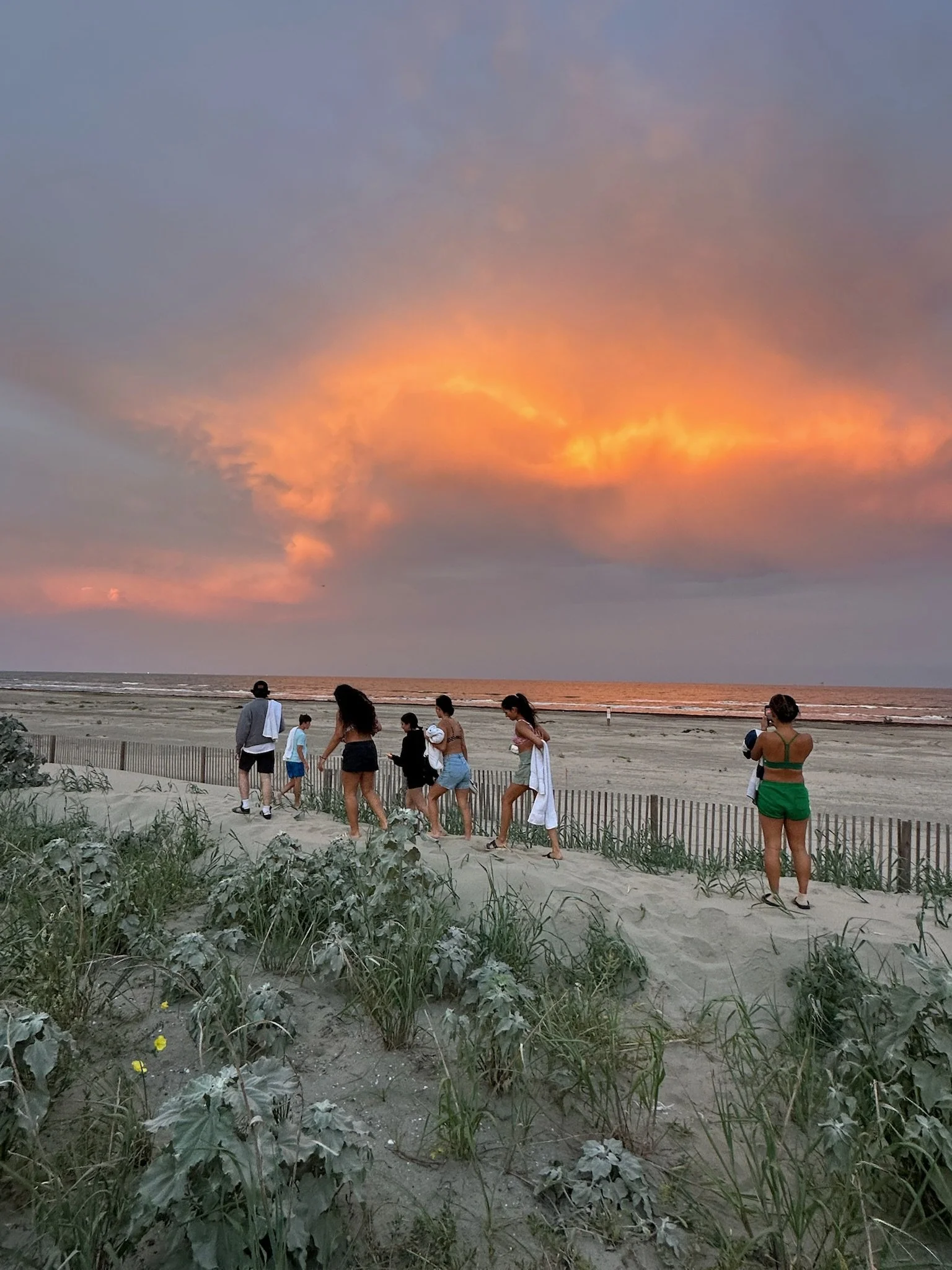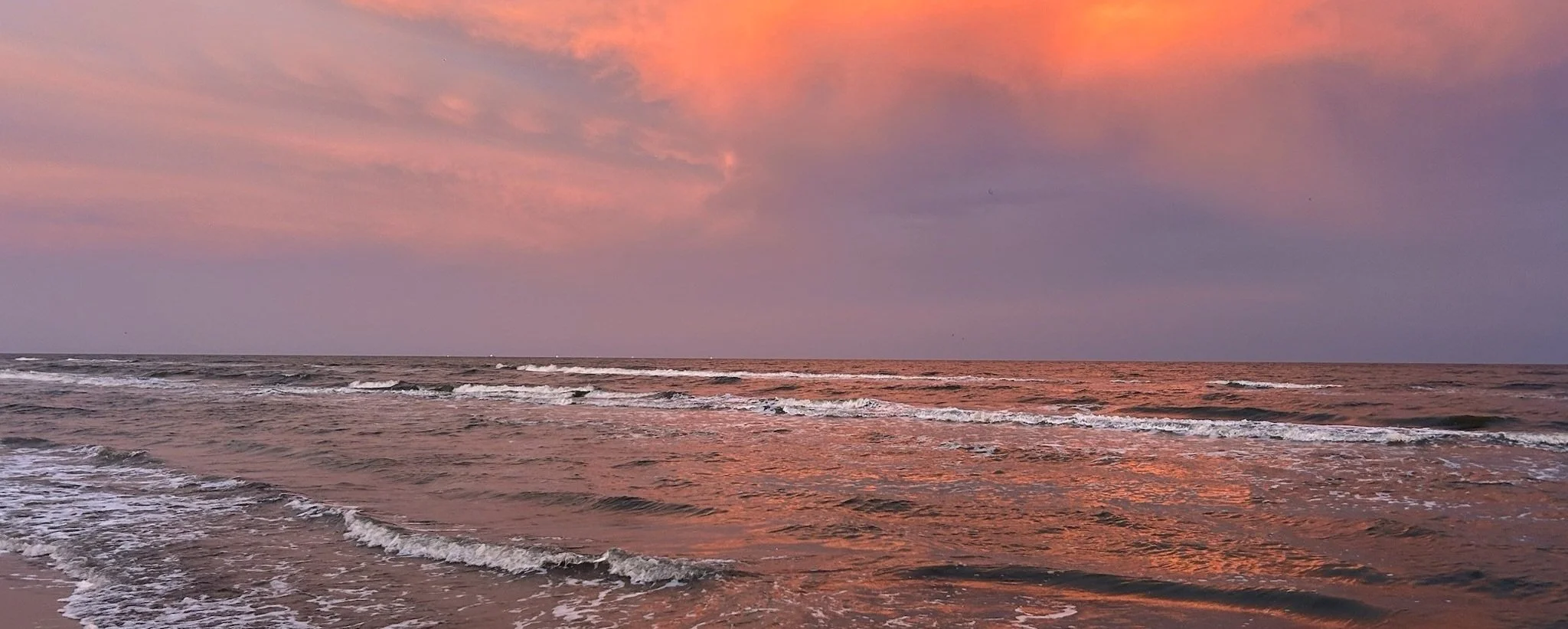I sit on a full plane, back and neck aching from a nap in the restraining window seat. I’m finally flying home to Hawaii after nearly a month in New Orleans. A flight attendant hands me the familiar Plants and Animals Declaration Form, one all returning residents know by heart.
As a kid, my parents would fill it out for the family. It was the quiet signal that our vacation had come to an end and we were heading back to everyday life. But these past two years, I’ve flown solo from college. I fill out my own form now.
Question 11: What is your age?
I hesitate. Then slowly, I fill in the boxes: 2 - 0
it was my first time writing it down.
By the way fate aligned things, the last day of our maymester also happened to be my birthday. I spent the final weeks of my teens in New Orleans, and the first real day of my twenties in the sky somewhere between the Mississippi River and the Pacific Ocean.
Like clockwork, my birthday always makes me reflective. It's a sort of silent contemplation. I start looking inward, asking myself how much I’ve changed since my last spin around the sun. What parts of me have grown? What regrets do I carry? What do I want this next year to look like?
New Orleans, in its own way, is built for that kind of thinking. It’s a city that wears both its beauty and brokenness on its sleeve. The beautiful galleries, the ferns growing from the crumbling bricks, the thick air filled with the smell of beignets and the sound of jazz. It’s all layered, complex, and unapologetically alive. I spent my days wandering aimlessly, sweating through every step without care. Maybe that’s why so many literary minds found themselves here. The atmosphere is creative and lax. It allows for drifting.
“To become aware of the possibility of the search is to be onto something. Not to be onto something is to be in despair.”
And in that way, I was similar to Binx Bolling, the main character of our last novel, The Moviegoer by Walker Percy. It follows Binx just before his 30th birthday as he begins “the search,” a personal quest to find meaning beyond the monotony of everyday life.
In some sense, I know the search pretty well. I’ve always wondered what my life would be like without the burden of routine. I think about what I would do or discover about myself if I had the ability to just be. I know what it means to be stuck in repetition. At school, I am constantly doing more: more work, more commitments, more goals. Back home it’s another rhythm of routine: chores, errands, responsibilities.
But this trip, the time we’ve had in Louisiana, became my search. It gave me a break from my ordinary. I got to wake up with days that weren't entirely planned (outside of lessons). I would take little detours into random antique stores, try a new coffee shot everyday, and sit on the bank of the Mississippi River, watching the boats pass by. In this space, I remember the joy of pause, just like in the Grand Isle. This made space for other things too.
It allowed me to think more about my future. This trip fortified my love for pharmacy with our visit to the New Orleans Pharmacy Museum. It also made me think more about where I’d be pursuing my continued schooling. I even found myself looking in Xavier University, a place I’d never considered before. I realized maybe my next steps don’t have to be what I always imagined.
New Orleans helped me connect with my heritage, too. Haitian influence is everywhere in the city, in the architecture, the music, and the food. It was a marvel seeing such strong ties. It felt like I was discovering new parts of my identity, especially being Haitian in America. It’s one of the first places I’ve seen with the Haitian flag waving around, proudly on display. And I can't describe how warming that felt to me.
And as much as I enjoyed the city, it’s the people who made it unforgettable. Throughout this trip, I got to meet so many amazing souls who told me their stories and shared a laugh with me. Those kinds of connections made this worthwhile. It wasn’t just the locals, but the ones I came here with too.
I was really scared I wouldn’t click with anyone in this class. Thank goodness I was worried for nothing! From patio talks in the grand isle to jazz crawls through the city to late night Pizza Luna trips, I found people who made me laugh, who made me think, and showed me new things. They became more than some random names on the email list, they became my friends.
To me, a good birthday is simple: good food and good company. I was lucky enough to find both. That morning, I grabbed my last batch of beignets and sat at a table to watch people. Towards the afternoon, I made one final trek across the French Quarter to try the hole-in-the-wall spot I’d been eyeing for a while. And that night, our class gathered for one last dinner together, to celebrate, reflect, and say goodbye.
I can’t think of a better place to usher in a new decade of my life than New Orleans, a city that balances tradition and change, chaos and comfort, the old and the new. What a perfect metaphor for this moment in my life.
In the end, Binx never really arrives at some grand, cosmic answer to his search. And I think that’s the point. Life doesn’t always hand you conclusions neatly tied with a bow as much as it would be a great birthday gift. But I’ve come to believe there isn’t one big answer to the meaning of life (other than 42, iykyk). It’s stitched together from smaller moments. The little pockets of joy, of learning, of connection. That’s where life’s meaning comes from.
I don’t have all the answers yet. I don’t know if I ever will. I’m only 20.
But I have found a few pieces of the puzzle. I know I want to help people. I know that I want to feel proud of the way I live, not just the things I achieve. I know I want to stay open, to new places, new people, new opportunities in my life. So, as I sit on this plane, completed form in hand, I reflect on my time in New Orleans and on my teenage years, ready to step into this next chapter of my life.
“ It is not a bad thing to settle for the Little Way, not the big search for the big happiness but the sad little happiness of drinks and kisses, a good little car and a warm deep thigh.
”































